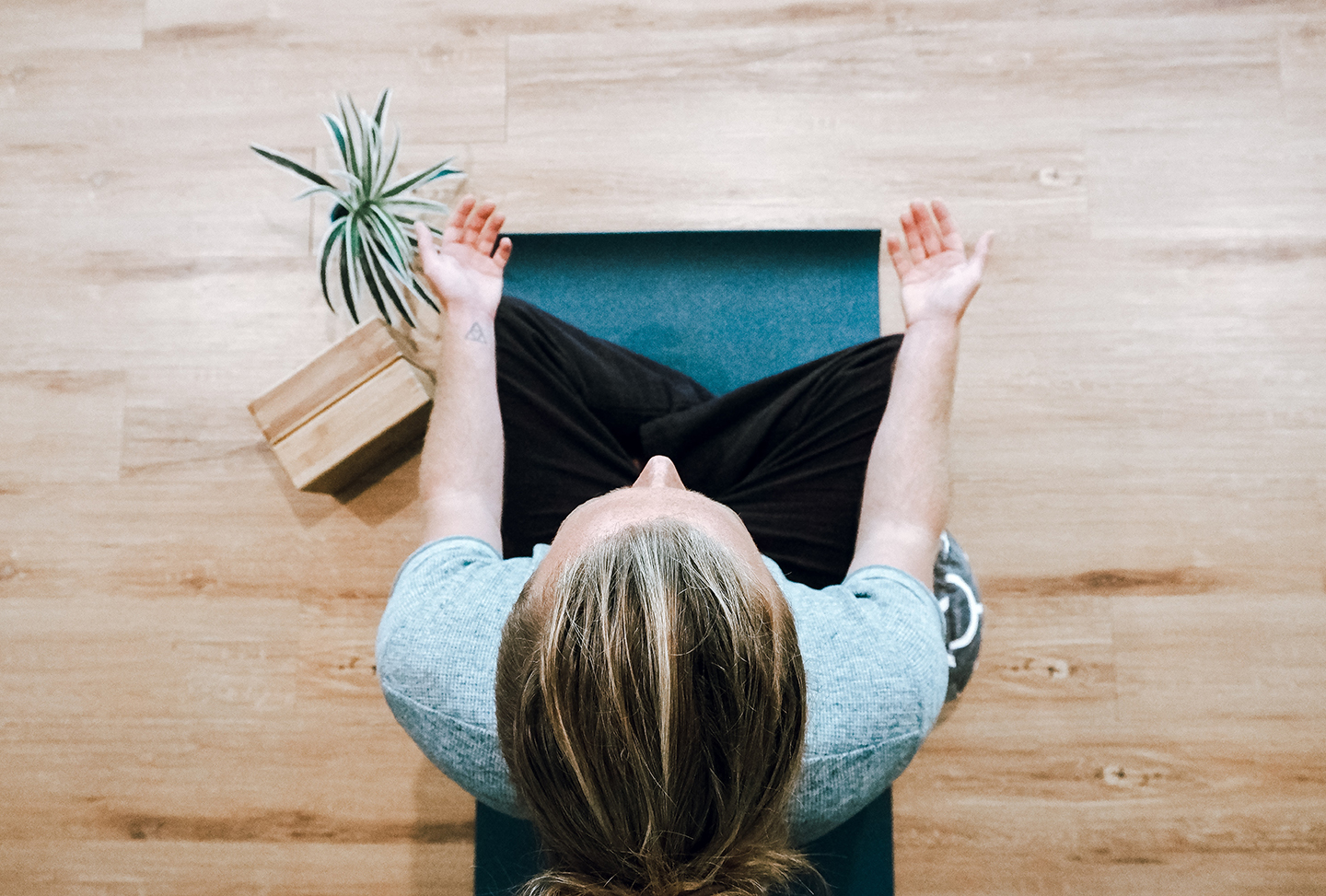Limitless possibilities in spectacular destinations, Balance Holidays' exceptionally curated wellbeing travel experiences bring individuals on multi-sensory journeys that enrich and awaken the heart, body and mind..


Having heard all the soundly reviews, lauded as a host of a multitude of benefits to calm and soothe the psyche, there is often a blurred edge around what meditation truly is and how to implement into our busy lives.
As discussed by Yoga International, some may hold the assumption that meditation refers to being still to explore deep and personal thoughts and emotions whilst others believe it is the practice of daydreaming, however, neither of these definitions outline nor provide justice to the practice itself. Meditation is a science to rest the mind to reach and achieve a new conscious state of mind often unexplored, by following an orderly process and its definite set of principles. Meditating allows seclusion from the distractions and events around us in order to allow us to clear the mind to focus and relax and it is when the mind is truly silent, meditation is able to drive you into a new landscape of peace and serenity.
Over the past few years, meditation adoption amongst wellbeing seekers has been mushrooming and despite the dubious concerns regarding the effects on our brains, researchers have discovered definite results linked between a regular meditation habit on mental health and into achieving a mindful state of mind.
The more prominent and instant relieves realised through picking up meditation is the lessening of anxiety, stress and increased focus. Discussed earlier, when undergoing meditation, the mind shuts out the external surroundings causing the brain to stop processing such information, averting the attention and focus into one singular point. Just as with exercise, in order to improve our stamina and to strengthen our threshold in being able to roll bigger wheels of weights onto the barbell, regular bouts of meditation trains the brain to focus. (source)
Because meditation is a personal practice, there are many ways to adopt meditation into our schedules so whether it’s 10 minutes at lunch or an hour after work and a warm bath, we have consolidated meditation into ten simple steps for beginners who are looking to take their first step aboard the meditation boat, surfing towards a more balanced you.
In order to escape the turning tumbler of troubles, the very first step to meditation is finding an escape space that is quiet and comfortable. Whether you are looking to implement meditation in the morning right after waking up from a night’s long shuteye, after lunch or overtime at the office, choosing an appropriate space to carry out meditation is fundamental as it would ultimately beat the purpose should a colleague pass you by and ask for your advise halfway through the process. In order to achieve the results meditation is able to offer, being free from distractions and disturbance is imperative.
As with learning something new, take small steady steps and begin with a daily routine sitting down for two minutes to meditate. Meditation provides an opportunity to discover our inner and undiscovered persona making every session a window to learn so start small and when you feel ready, add an extra two minutes on top and when four minutes goes well, double that to ten minutes a day.
It’s easy to let the hustle and bustle of a daily life overhaul your social commitments and when the structure and dynamic of every day are ever-changing, it becomes easy for items to wash under and forgotten. To ensure meditation does not carry the same fate, set a daily reminder on your phone or on your calendar to remind yourself. Some meditation experts recommend meditating in the morning to ensure a fresh and light start to the day.
Now that you have settled into the environment, close your eyes and begin breathing through the nose, following the breath as it reaches and fills the lungs before exhaling out the mouth, completing the first circuit: ‘one.’ Repeat and do not rush to exhale. This connects with an interesting meditation strategy explained by the Buddhist master Mingyur Rinpoche in the above video. The approach can be really helpful to start taking control of your mind through a busy day.
Being still and settled into a spot yet fully alert, the mind will begin webbing thoughts and when this happens, breathe, smile and refocus on your breath counts.
Focus on the pattern your body follows when inhaling and exhaling a lungful of air. From the bob of the shoulders to the tightening and expansion of the chest and abdomen, breathe naturally without over-analysing whether you are doing it right or wrong or taking control on the intensity of each breath.
At times, thoughts and feelings can feel particularly foreign especially during peeps of quietness in meditation so when these float to the surface, instead of banishing them out of the mind and treating them as an enemy, treat them as your friends and acknowledge them because, at the end of the day, these thoughts and feelings are part of you.
Besides utilising meditation as a gateway learning how to focus, it is also the player bridging you with you and everything that happens inside. Why am I feeling these emotions? Why and where have these negative thoughts appeared from? Trailing these thoughts and feelings can be dark, gloomy and frustrating but at the end of the tunnel, you will come out a strong warrior and more resilient having learned to conquer the monastic energies.
We are often our harshest critics, zooming in and magnifying the tiniest self-labelled imperfections. Meditation offers the chance to understand ourselves better on a more in-depth level so take it as getting to know a new friend approaching it with a welcoming and open-minded demeanour.
Finally, finish with a smile! You have just completed your first session of meditation, committing and following through with taking a step towards a better and more balanced version of you.
Sign up to our newsletter for exclusive retreat launches, priority access to events and curated wellbeing content